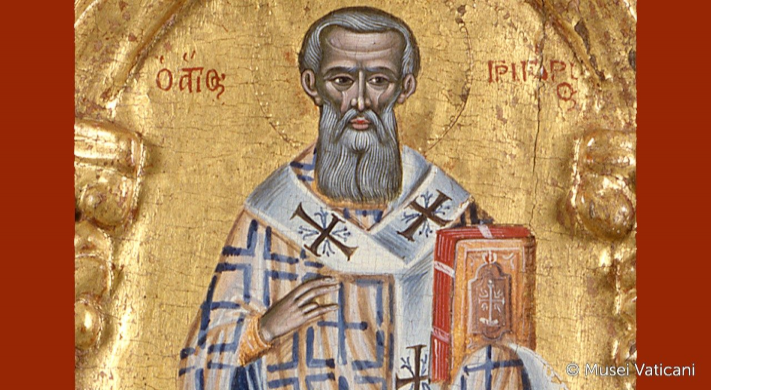Nicholas, Bishop of Myra
By Chuck Collins
www.virtueonline.org
December 5, 2023
December 6 is the feast day of Nicholas, Bishop of Myra. "Myra in Lycia" is mentioned in Acts 27:5, but the New Testament offices of episcopos (bishops) and presbyters (priests) were different names for the same ecclesiastical office. The three-fold distinction of bishop, priest and deacon was developed later in the early church for the wellbeing of the church (bene esse). The idea that bishops are successors of the apostles traceable back to the primacy of Peter is a much later idea invented to perpetuate ideas of ordination and apostolic succession other than the succession of apostolic teaching to each generation, of which the Bible speaks (2 Timothy 2:2). St. Nick (270-343) is the patron saint of children. Legends were written around this saint having to do with children and generosity to the poor. Happy St. Nicholas day!
Trivia # 1: While dictating his third and last volume of the Summa Theologica,Thomas Aquinas stopped dead in his tracks while saying mass on the feast of St. Nicholas, December 6, 1273. He either heard a voice or saw a vision or read a Bible passage that challenged his life's work. He reportedly said, "Such things have been revealed to me that all that I have written seems to me as so much straw." He refused to write any more and died three months later.
Trivia # 2: There developed in England surrounding the Feast of Santa Claus a silly practice of "Boy Bishop" in which a boy in the village was selected to become bishop-for-a-day. Henry VIII abolished this practice in 1542 as superstitious and dumb. Obviously, the practice of Boy Bishop never died (see below) and was picked up by those who like to dress up, prance around an altar, and practice a religion of self-congratulatory spirituality. It is practiced around the Anglican world today in a handful of Anglo-Catholic parishes.
Trivia # 3: Thomas Cranmer and the English reformers summarily did away with bishops wearing pointy hats called "miters" because they suggested superiority, privilege, and the kind of clericalism the reformers hated. The hats that look like praying hands resting on a bishop's head were not in the Roman tradition until the early 11th century when they are first pictured in a miniature painting of an anonymous bishop, and they were first mentioned by Pope Leo IX in 1049. Miters where unheard of in our Anglican tradition until the Anglo-Catholic bishop of Lincoln, Edward King, started wearing one (1885-1910). The first Archbishop of Canterbury to wear one was Archbishop Lang in 1929! Today, they are like rabbits in my neighborhood: all over the place!
Dean Chuck Collins is a Reform theological scholar














